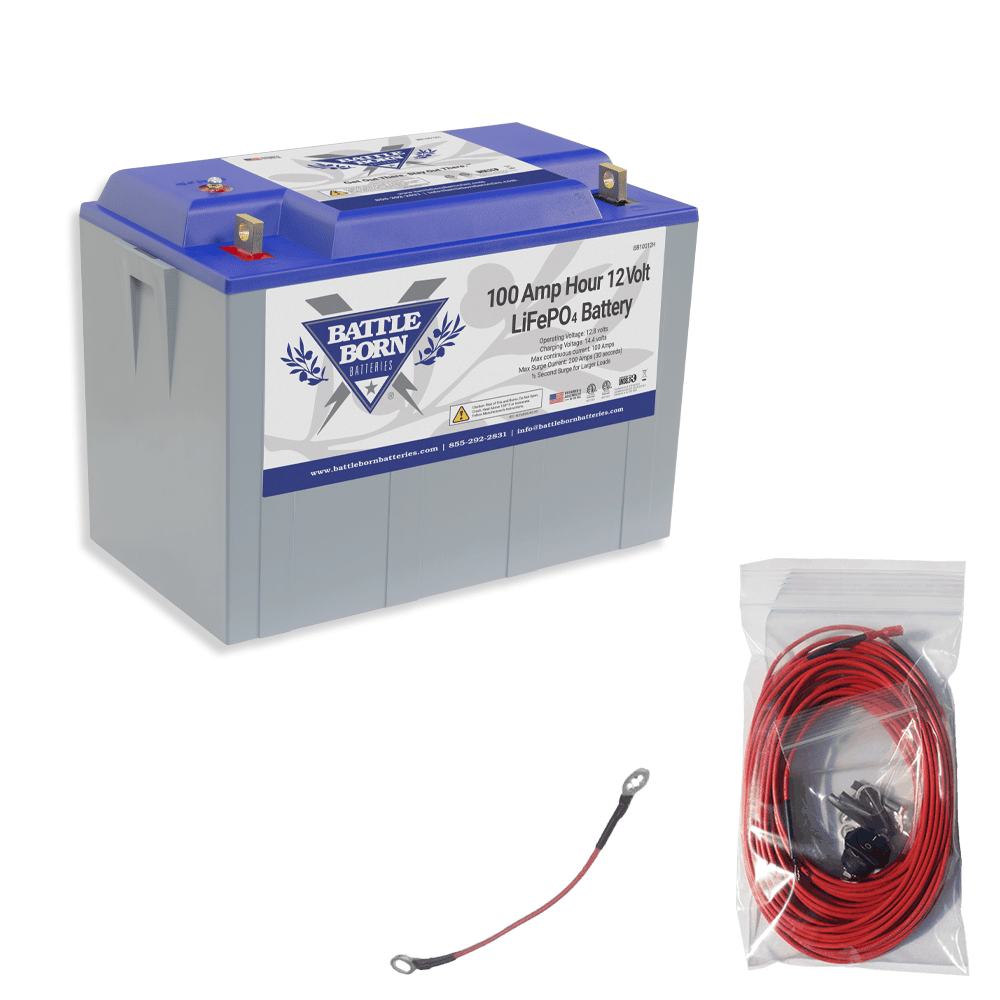Soo... I got myself a fridge I ordered myself an Iceco VL60DZ (45w draw)with insulated cover. It is roughly the same size as my previous ice cooler Lifetime 77Qt. I have so far only tested the fridge on 120v wall outlet power (love that there is no Ac/DC brick to lug around..). and it quietly luggs itself down to 42* fridge side, and 0* freezer side, and stays within 2-3 +/- degrees as per the manual/spec sheet.
now to power it via 12v.....
I am currently in my 2016 Toyota Tacoma TRD OR. it has the standard factory battery a group 24 lead acid battery (575CCA, 130min reserve capacity, unsure of Ah capacity, but i believe it to be under 80Ah )
options:
1) $860+ offgrid 4x4 AUX battery system Redarc BCDC with aluminum battery trays with wiring for the aux battery, but no feeds to the rear of the truck (would have to piece together a setup for that, plus the cost of a second battery) so figure $860 + $300 for a decent group 31 100Ah AGM (odessey)
2) $65 newport vessels battery box (has 12v lugs, battery monitor (dumb 4 light guage), USB, and 12v cigarette lighter outlets. with hold a group 24, or 27 battery (doubling my capacity), and then I could run a Victron DC DC 12|12 30A charger $263 ( ), and eventually a 100W solar pv blanket with an MPPT controller. (or just get the redarc BCDC 1225 for $381) .
#1 is a neater, cleaner install, everything stays under hood, but is not portable at all.. could not leave it at camp, charging on solar (downside), however would more than supply my 12v needs for the fridge, and diesel heater. and could upgrade/add a solar blanket, or cascadia VSS panel later on....
#2 is portable, would take up space in my truck bed, but should cover me on all power requirements for 2-3 days out camping, and could be swapped if needed from my Tacoma, to the Wife's 2017 4runner.. running a simple 10G Primary wire from the Starting battery to the DC-DC charger...
reasons for not going simple dual battery w/ isolator solenoid....
1) I dont want the weight on my drivers side (already have the "taco lean")
2) I plan to get an AGM which requires higher voltage than what my "smart" alternator puts out for the standard starting battery
3) I dont care to have the selector switch from either the bluesea PCL system in my cab.
4) I dont forsee myself needing the ability to tie the batteries together. althoguh could be useful, the charging system just makes it not worth it (I carry a jump starter pack anyways)...
I have looked at the jackery/solar generator packs.. and they just dont have the capacity for 2-4 days parked at a site (jackery 500 only has a 24ah capacity, the Jackery 100 is only rated at 46ah... so at a cost standpoint, I would rather go one of these 2 options.
now to power it via 12v.....
I am currently in my 2016 Toyota Tacoma TRD OR. it has the standard factory battery a group 24 lead acid battery (575CCA, 130min reserve capacity, unsure of Ah capacity, but i believe it to be under 80Ah )
options:
1) $860+ offgrid 4x4 AUX battery system Redarc BCDC with aluminum battery trays with wiring for the aux battery, but no feeds to the rear of the truck (would have to piece together a setup for that, plus the cost of a second battery) so figure $860 + $300 for a decent group 31 100Ah AGM (odessey)
2) $65 newport vessels battery box (has 12v lugs, battery monitor (dumb 4 light guage), USB, and 12v cigarette lighter outlets. with hold a group 24, or 27 battery (doubling my capacity), and then I could run a Victron DC DC 12|12 30A charger $263 ( ), and eventually a 100W solar pv blanket with an MPPT controller. (or just get the redarc BCDC 1225 for $381) .
#1 is a neater, cleaner install, everything stays under hood, but is not portable at all.. could not leave it at camp, charging on solar (downside), however would more than supply my 12v needs for the fridge, and diesel heater. and could upgrade/add a solar blanket, or cascadia VSS panel later on....
#2 is portable, would take up space in my truck bed, but should cover me on all power requirements for 2-3 days out camping, and could be swapped if needed from my Tacoma, to the Wife's 2017 4runner.. running a simple 10G Primary wire from the Starting battery to the DC-DC charger...
reasons for not going simple dual battery w/ isolator solenoid....
1) I dont want the weight on my drivers side (already have the "taco lean")
2) I plan to get an AGM which requires higher voltage than what my "smart" alternator puts out for the standard starting battery
3) I dont care to have the selector switch from either the bluesea PCL system in my cab.
4) I dont forsee myself needing the ability to tie the batteries together. althoguh could be useful, the charging system just makes it not worth it (I carry a jump starter pack anyways)...
I have looked at the jackery/solar generator packs.. and they just dont have the capacity for 2-4 days parked at a site (jackery 500 only has a 24ah capacity, the Jackery 100 is only rated at 46ah... so at a cost standpoint, I would rather go one of these 2 options.









